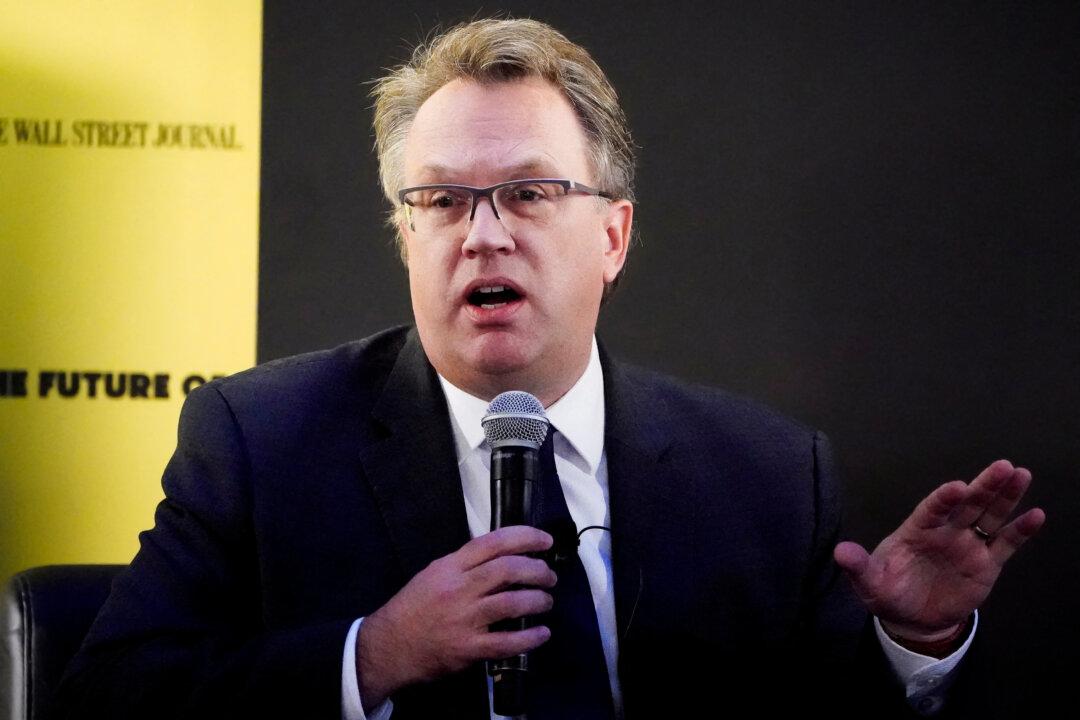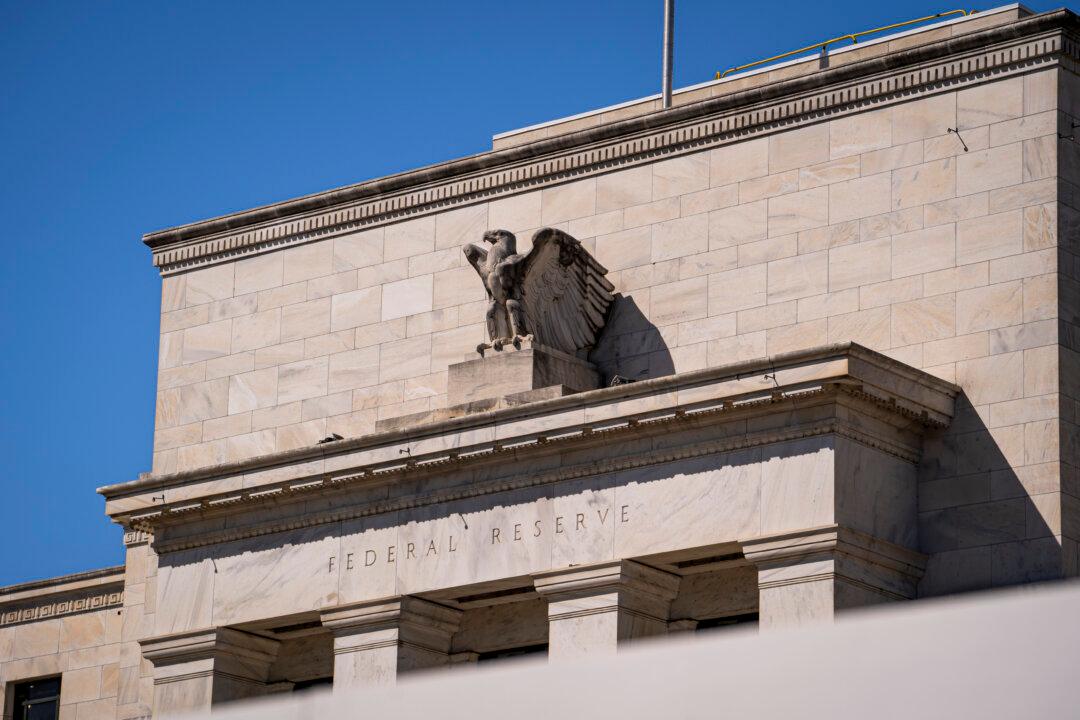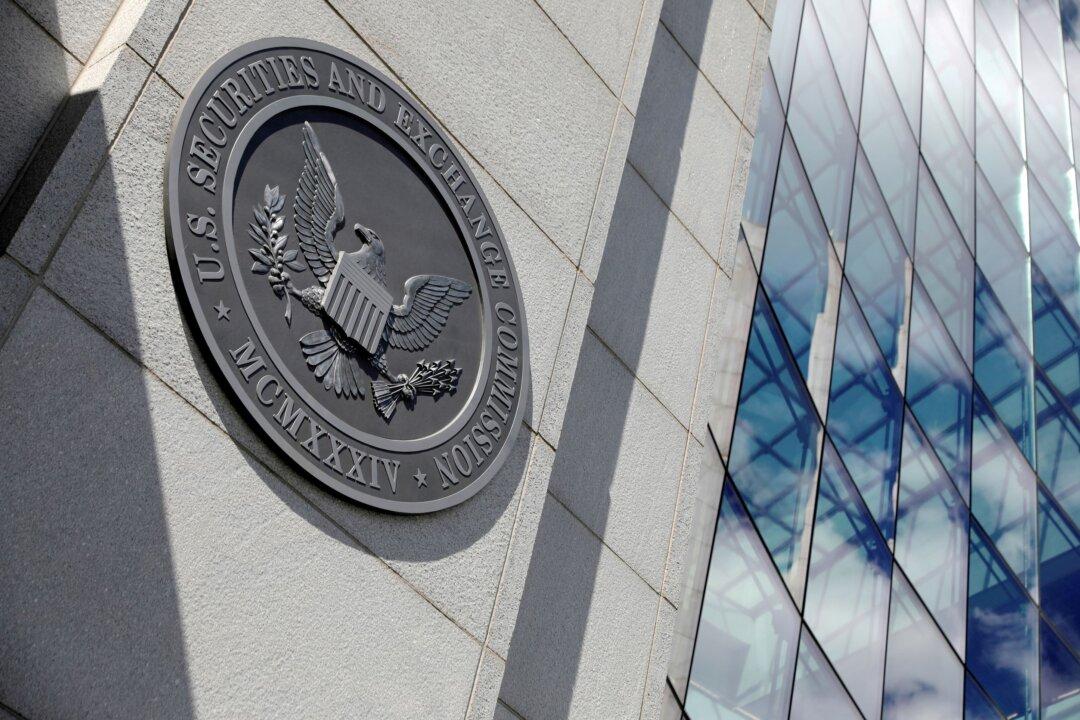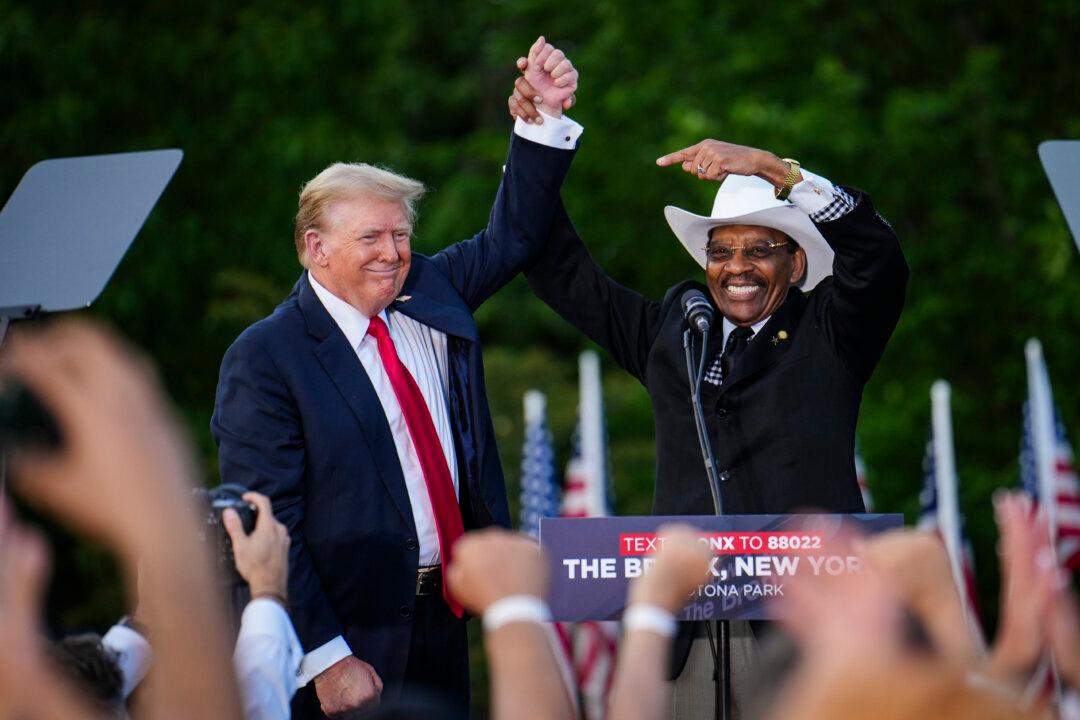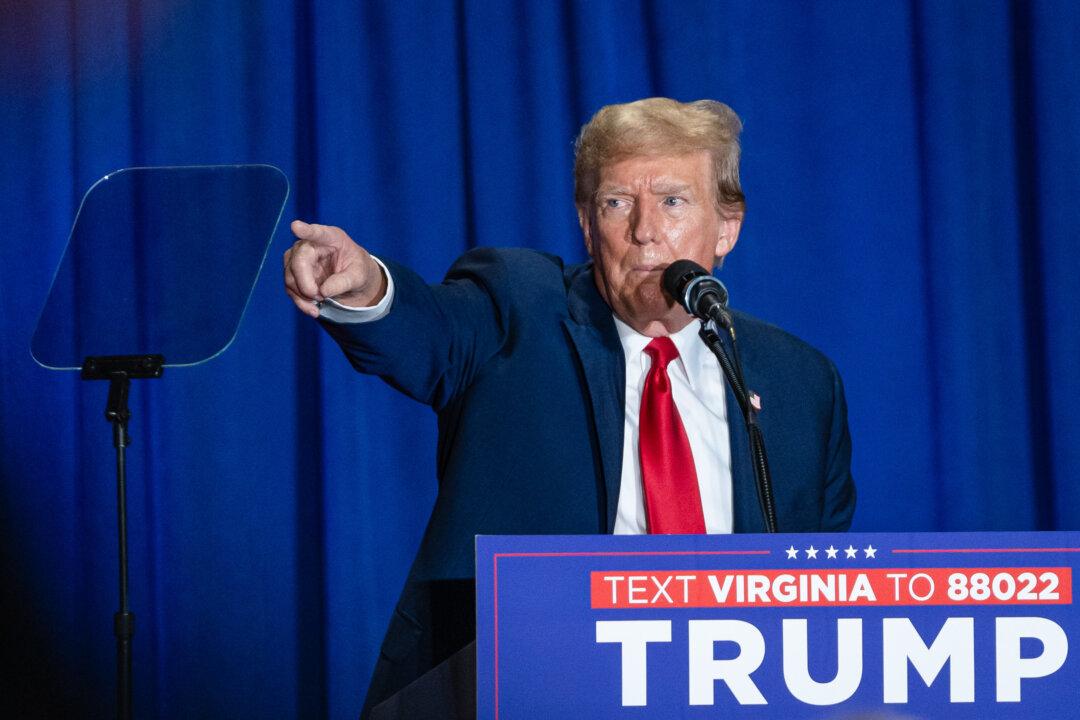During an address at the Economic Club of New York, John Williams, president of the Federal Reserve Bank of New York, expressed his expectation for inflation to “resume moderating in the second half of this year.”
Mr. Williams, a close ally of Federal Reserve Chair Jerome Powell, emphasized that the recent hot monthly readings do not signify an upward trend but rather a pause in the cooling trend of inflation.
